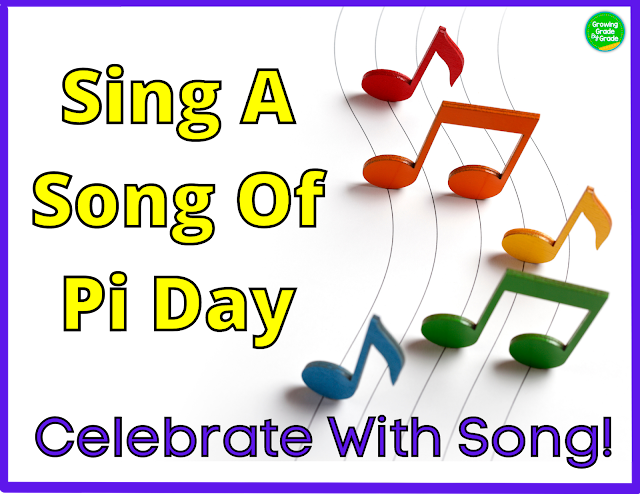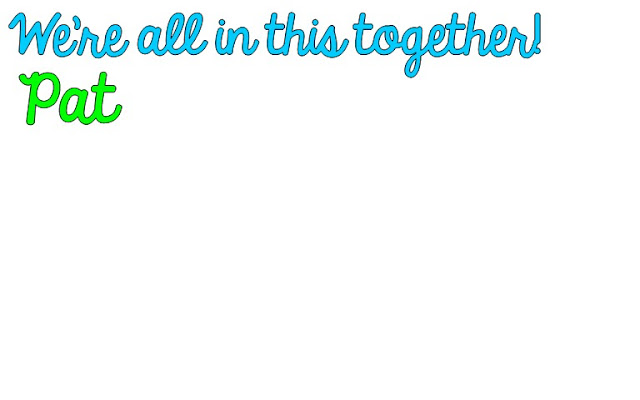
Book
banning is here to stay. It has seasons of more attention and seasons of less. New books addressing new topics bring out detractors fully armed with reasons that specific books should be pulled from library shelves.
This risky practice must be challenged. It is up to us as teachers, parents, and the community at large to stand against any attempt to ban books. Read on for eight important reasons that book banning hurts children.
1. Book banning is censorship.
Censorship is illegal in America. Freedom of speech is the foundation of our country and is protected in the First Amendment to the Constitution. Sharing information is part of our national personality and a pillar of our economy. Any deliberate obstruction to sources of information is, by definition, censorship. The consequences of censorship can be dire: lack of timely, useful knowledge is damaging to us now and in the future. By suppressing ideas and information, book banning is the literary version of cancel
culture.
The American Library Association is an excellent resource for guidance. The ALA "resists all efforts to censor library resources". Read their Code of Ethics here.
2. Book banning is elitist.
Book censors believe they are superior in some ways and that others should fall in with their decisions. They believe their ideas and values are right and others are wrong. That’s a very slippery and dangerous slope to start down.
3. Book banning is privileged.
Book censorship takes away personal choices from the majority of a community and gives them to
a few people – or even to one person. It actually gives those in a position to ban books
more power than the rest of us.
Click here to access the American Library Association Guidelines For Reconsideration Committees
4. Book censors have ulterior motives.
Supporters of banning books like to think
they’re concerned for children. But what often drives them are religious,
political, and social biases. We should be as concerned about the people who want to ban books as they are concerned about specific books. We need to ask: What is really motivating
you? Racism? Homophobia? Politics?
5. Censors have a narrow perspective.
Book censors impose a narrow
perspective on others. They don’t understand the struggles that many children
live with. They think the best way to handle these topics is to ignore
them. But, when we ignore topics, we ignore the people they affect. It's as if we're telling them, “Your lives are unimportant. Your struggles are repulsive. Don’t
share them with us.”
The very fact that book censors' messaging is, "Other people should think like I do", should put us all on alert.
6. The consequences of censorship are dangerous.
- Censorship threatens our very democracy by violating our free speech. That may be the most crucial reason to reject all attempts at censorship. When we are stifled as to what we can read, watch, and see, we are no longer a democracy, but an authoritarian state.
- Education can help level the playing field for citizens in different social situations. Horace Mann, a public school pioneer, called education "the great equalizer".
- Censorship is a threat to the potential of American public education. If teachers are afraid to teach critical thinking skills within the curriculum, we lose vital opportunities to develop critical thinkers.
- Censorship breeds ignorance. When even our history lessons are censored, we miss vital opportunities to learn from the past and avoid repeating the mistakes of the past.
- Being censored limits information. Without the empowerment of information, citizens cannot challenge the status quo.
7. Children need guidance, not censure.
As a teacher and a parent, I found that
children will self-regulate. If a book has topics that are too explicit or
mature for that child, they will put it down and choose another one.
On the other hand, if a child does choose
a book with mature themes, it means they are ready to deal with potentially
tough topics. Then they need the adults in their lives – teachers, parents,
clergy, and others - to support their choice, maybe read it with them, and help
them understand what they’re grappling with. What they don’t need is these same
adults taking books out of their hands and denying them the chance to grow.
One book, in particular, is being
considered for banning in several states. It’s titled George, by Alex Dino, and is partly
autobiographical. The most heartbreaking part is that the main character deals
with an important self-discovery issue all alone in the 4th grade. Yes, many children are ready earlier than we think.
One writer on the subject, Emily Grafton,
made it simple: “Ignoring a kid’s reality doesn’t make it go away. It just
means the kid gets to suffer alone.”
8. Parents' rights extend only to their own children.
If parents want to restrict what their own
children read, they have the right to do that – and they should. But, no parent
has the right to restrict what other children read. Taking books from public
school shelves is an attempt to control how other people’s children grow and
think. Access to books is a pillar of our education system. Books should be
available when students are ready for them.
It should not fall on the taxpaying parent
to buy book after book for their children all because people in power are
afraid of the topics.
If we really want kids to be “college and
career ready”, we have to teach them to listen to others, accept that others
have realities that we may not, empathize with them, and learn how to live in a
world where everyone is different, but valued.
We should not bend to the will of a few, we should see the broader picture
that is education and reject any attempt to ban books.
If you'd like help starting a book club for kids, click here for an easy method that's budget-friendly.












